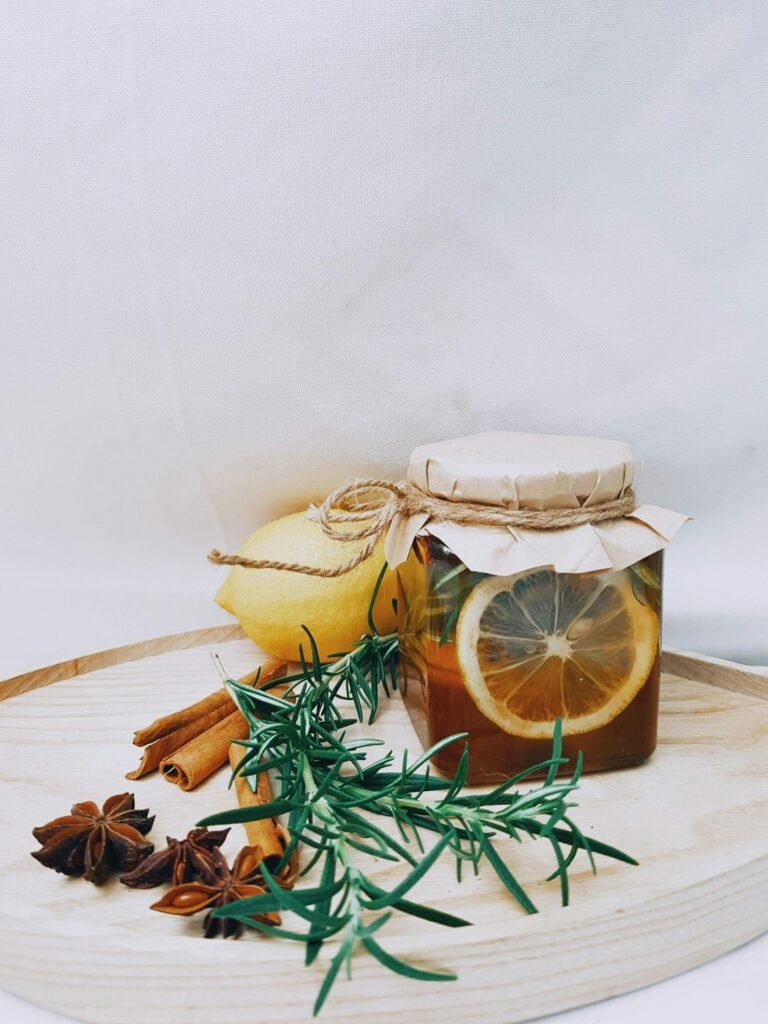Language color: how to interpret it
How to read the signals that our language sends us, what are the characteristics that reveal the state of internal organs and how to learn to interpret them

In Chinese medicine and many other traditional disciplines, the language has a value equal to the iris, the wrist, the ear and is a real diagnostic tool.
The investigation of the lingual surface has an important value in the reading of the whole human body. Let’s see what the various colors it can take on the lingual surface indicate and how to interpret them.
Interpret the colors of the language
What do the various colors that the language can take on mean? First, the state of bioenergy and blood . In other words: the way in which the flow of energy circulates in the body.
When the language
- it shows a clearly pale white color there is a defect and a strong energy level spider ;
- when it is swollen , there is a situation of stagnation in the water system of the human body;
- when you have red spots there could be an imbalance of the lungs or liver,
- when it is excessively smooth it also highlights nutritional deficiencies and in this case it is possible to resort to a greater intake of vitamin C and iron.
But what should a language be like that highlights a state of general good health of the organism? It should be pink at the edges and lighter only in the center. Moisture must exist and the edges should be smooth.
When it assumes a brownish color on the contrary , there may be bacterial development or inflammation of the digestive system . When there is an excessive buildup of protein, the tongue can become excessively swollen.
The state of health of the tongue is also very connected to the emotional state : for example, when it is very red there could be an imbalance in the energy linked to the heart , to the management of one’s own courage.
The state of health of the tongue – and consequently of the whole human body – can also be traced to motility: a healthy tongue should be able to evert and lift on the palate without too many problems. When the tongue is dry there can be problems in the metabolism of sugars (for example in the case of diabetes).
Both in the popular sense and in traditional medicines this juxtaposition recurs, but let’s see in more detail how the language has always revealed the state of health and in what ways it was studied in the past in the East.
Personal hygiene and inner cleansing in Ayurveda
The color of the tongue: western and eastern medicine
Language is used as a diagnostic tool in both Western medicine and traditional medicines. For example, both in Ayurveda and in Chinese medicine, it is divided into areas which correspond to the various organs and energy zones. In a very simplified way it can be said that it is divided into three parts.
Near the throat we find the areas corresponding to the kidneys, adrenals and intestines; further ahead are the spleen, liver, pancreas, stomach and lungs and heart in the distal third, right at the tip.
The median longitudinal line is often identified as the vertebral column . In summary, the language in traditional cultures that have left us great medical systems has a role equal to that of the wrist and immediately highlights any accumulation of toxins .
From these disciplines we understand that before resorting to drugs or the like we can think of observing our own language more often and, in the case of too much redness or pallor, it is advisable to act in three main ways:
- Adjust the lifestyle ;
- Restore the sleep-wake rhythm ;
- Adjust the diet ;
- Orientate towards purification techniques (through breathing, healing baths, walks, rituals);
- Clean the tongue using the tongue cleaner regularly , every morning;
- Have proper dental hygiene.
By following these practices and adopting them in the daily routine we obtain a better health and we also become responsible – responsive – for our own health, without delegating it to others.
The advice is also that, in case you were a parent, always take a small space to observe the language of your children in order to prevent any pathologies.




























+ There are no comments
Add yours